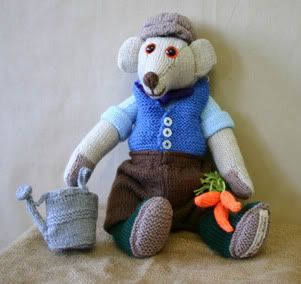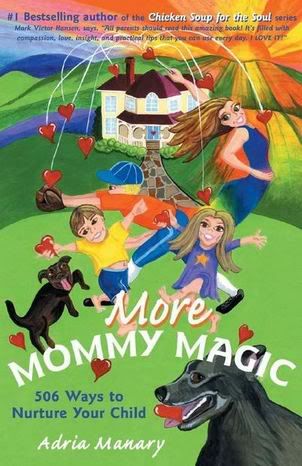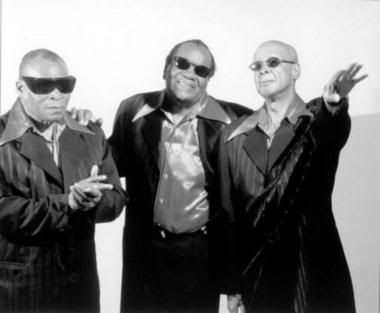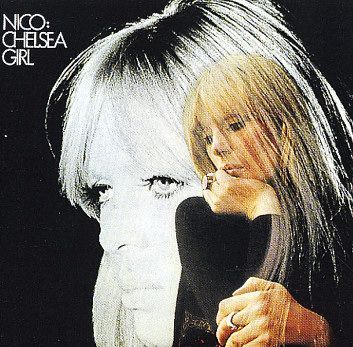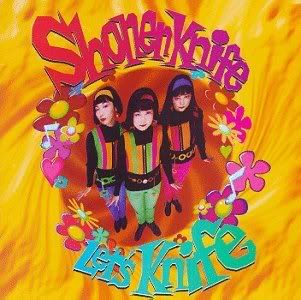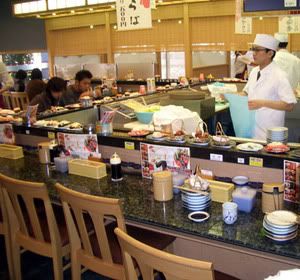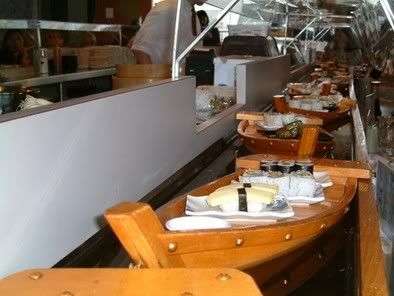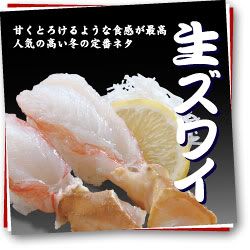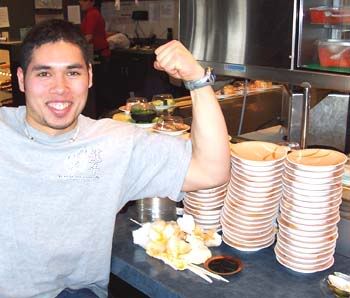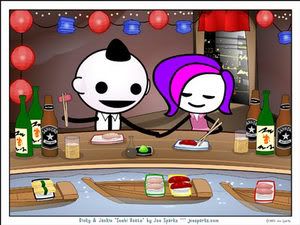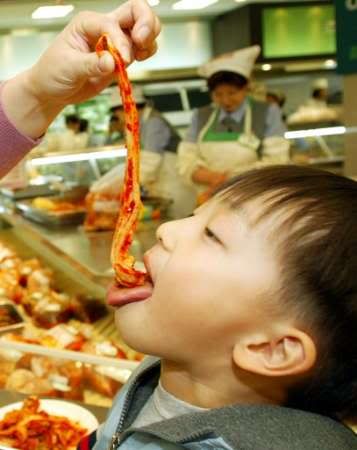
Kim-Chee In The Grand Prix
Just as I suspected.....the truth has come out! This day, a new era dawns, what has long been treated as an also-ran will become recognized as the ten-strike white knight of our times.
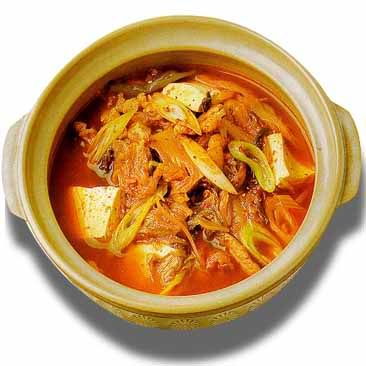
Kimchee (Korean for "vegetables soaked in salt water"), the "chicken soup of Korea", is becoming the subject of serious research, following years of assurance by Koreans that this hunky bunch of pungent fermented cabbage with liberal quantities of hot chile pepper really does have fanciful, mystical potencies that ward off disease, long denied as an old wive's tale blended in with a bunch of mooshoo pork!
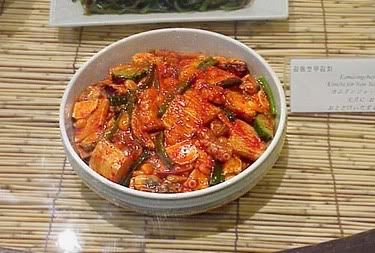
Ahhhhhh, still all dyed-in-the-wool, ehhhhh? Perhaps it'll intrigue you to know that last month at the Korea Atomic Energy Research Institute, South Korean scientists unfurled a new kimchi especially designed for astronauts to prevent them from getting constipated in space. Another study at Ewha Woman's University in Seoul reported that kimchi lowered the stress levels of caged mice by 30%. Yet another study at the Kimchi Research Institute in Busan has concluded that hairless mice fed kimchi were reported to develop fewer wrinkles, where, with a government grant of $500,000, the institute is developing all kinds of new products, from a special anti-aging kimchi that will be marketed later this year, as well as anti-cancer and anti-obesity kimchi.
The history of this phenomenon of cultural pride is said to date back as many as 1,300 years to the 7th century, when Jang Hee Yun recounts the legendary origins of kimchi in this way:

"A poor farmer carried several old heads of cabbage to the sea to wash and freshen them. He noticed that these rather meager heads seemed to grow bulkier after sitting in the salty water, and he decided he was onto something great. If a short washing in sea water made them a little heavier wouldn't an overnight soaking make them a lot heavier? His puny cabbages would become hearty and he would have more food for himself and his family. He left the cabbages to soak and returned expectantly the next morning, only to find that the pot he had left them in was half empty. He swore revenge on the cruel thief, not realizing that it was the salt in the water--and not a criminal--that had brought about the change in the contents of the pot. Perhaps driven by despair, the farmer tore off a leaf from the wilted cabbage heads and popped it in his mouth. Yummmmm! Kimchi was born, but without garlic or red peppers."
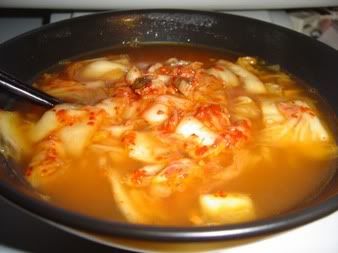
Many scholars believe that kimchi derived from Chinese pickles, brought into Korea during the Shilla (654-935 C.E) and Korea (918-1392 C.E) dynasties. Koreans then modified that recipe to suit their own quirky taste buds. However, it wasn't until the 16th century when the signature red pepper found its way into the recipe, when Portuguese traders from Japan foudn their way to Korea and spread the chili pepper to and fro. 1549 is the earliest documented year when the chili pepper found its way into Japan, and then Korea, yet the first documented use of red pepper in kimchee is cited in 1766. Chinese cabbage completed the recipe we know and love by the 19th century, and...voila...kim chee is on the Grand Prix! :)
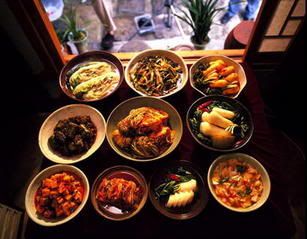
Koreans sure take their kimchee seriously, just as I do! In fact, the Kimchi Field Museum in Seoul holds more than 2,000 books about kimchi and thousands more dissertations, including "A Kinetic Model for Lactic Acid Production in Kimchi". An average of 300 new theses are added each and every year there, and has documented a total of 187 different types of kimchee, including 62 made with radish, 25 types of baechu kimchee (Korean cabbage kimchee), 10 made with cucumber, and 21 made out of other vegetables. Kimchi varies by region, where in the colder north they use little salt and in the warmer south they use lots of salt. Kimchee also varies by season in the forms of "four-season kimchee" and "kimjang kimchee" (kimchee for winter) where in the spring, you get Nabak kimchee (watery radish kimchee), in the summer young radish kimchee and cucumber kimchee to ease the hot weather, ponytail kimchee and sesame leaf kimchi in the autumn, and more flavorful, uncut types of kimchee in the winter. If Vivaldi had a guilty pleasure, it all but certainly had to be kimchee methinks! :)
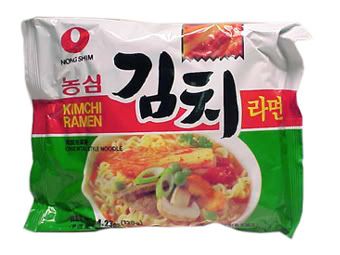
Holy Bolgogi! The dissenters have suddenly become mum in light of these revelations, who have claimed that consumption of radish kimchee have actually increased the risk of gastric cancer, such as one published June 2005 in the Beijing-based World Journal of Gastroenterology titled "Kimchi and Soybean Pastes Are Risk Factors of Gastric Cancer." (Rates of gastric cancer among Koreans and Japanese are 10 times higher than in the United States) who insist that kimchee is indeed a healthy food, but excessive consumption of it generates its own risks. In other words, too much of a good thing IS a good thing, but too much of a good thing can be its own kind of carcinogen! LOL!
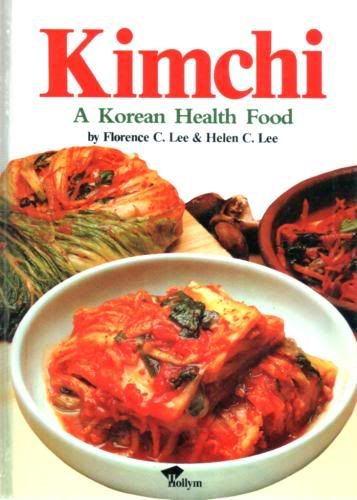
Despite the mild critiques, U.S. magazine Health listed kimchi in its March issue as one of the world's five most healthful foods (Yogurt, olive oil, lentils and soy made the rest of the list) What may explain its popularity among health food advocates is that kimchi contains high levels of lactic acid bacteria that helps in digestion and, according to some researchers, boosts the immune system. As if that isn't enough, the vegetables in kimchee contain outstanding sources of vitamin C and antioxidants, which protect cells from carcinogens.
Moreover, kimchee in recent years has ignited a halo effect among medical science students. In East Asia, the low number of Severe Acute Respiratory Syndrome (SARS) cases in Korea has often been attributed to the Korean habit of eating large quantities of kimchi (though no definitive link between kimchi consumption and SARS resistance has yet been scientifically established) There is even some evidence that suggests kimchi can be used to treat avian influenza in birds, as scientists at Seoul National University say they fed samples of kimchi to 13 infected chickens - and a week later 11 of them began recovering. Its effects on humans have yet to be studied.
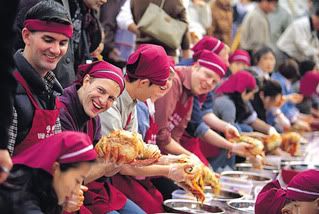
Forget beginning to argue that kimchee is the best thing since sliced bread in Korea; Koreans simply can't go anywhere without it! :) South Koreans are said to consume 77 pounds of it per capita annually, many even eating it with every single meal, they even introduced a new line of air conditioners in March that have an enzyme that comes from kimchee in the filters. Today your Glade Air Fresheners, tomorrow the Russian spacecraft Soyuz.....and the WORLD! :)
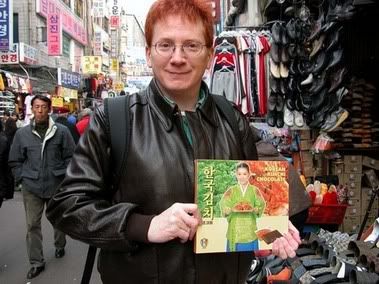
Whether you like it baechu, kkactugi, chonggak, dongchimi, paek, nabak, possam, kodleppegi, oi, pa.....or double-glazed in chocolate syrup, LOL, kimchee is here to stay, oh la la! Take me down to Pyung Yang Myundak, I'm having another nerdgasm, ha ha ha! :) Wan Shyang Hau!
XOXO,
Noah Eaton
(Mistletoe Angel)
(Emmanuel Endorphin)







